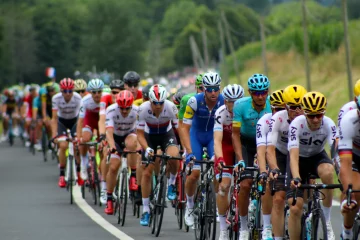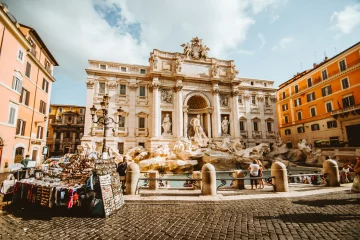Table of Contents
India, a multiethnic society
India is a country with a lot of culture and diverse traditions. Located in southern Asia, the country is the seventh-largest country in the world and the second-most populated with over 1.2 billion people, although the Indian economy is the world’s ninth-largest economy, the country faces very strong challenges such as poverty, illiteracy, corruption, and deficient public health.
The official languages of India
India is a multiethnic society that is why the Indian states have different official languages; some of them are not recognized by the central government. The most important official language of the Republic of India is Standard Hindi and English is considered as a secondary official language; but neither the Constitution of India nor Indian law specifies a national language.
According to SIL Ethnologue, India has approximately 415 languages that belong to several different language families, the most spoken languages in India are the Indo-European languages: Indo-Aryan by 72% of Indians, the Dravidian languages by 25% of Indians and the rest speaks other Austro-Asiatic, Tibeto-Burman languages.
India, a religious country
India is the birthplace of religions such as Hinduism, Buddhism, Jainism and Sikhism. The Hinduism is also practiced in countries like Nepal, Mauritius Suriname, Trinidad and Tobago and United Arab Emirates being the world’s third largest religion and the Buddhism is highly practiced in China, first introduced in the 1st century according to China history, in Burma, Cambodia, the Buddhism is also considered as the world’s fourth-largest religion. Learn about Chinese culture.
India is a very religious country, the 80 percent of the population practices the Hinduism and 13% Islam, and the rest is a mix of Sikhism, Jainism, Buddhism, and Christianity. Religion plays a very important role in Indian society; it establishes rules of conduct for the Indian people giving them some commandments to rule their lives. But despite the strong practice of religion, there are some people that are agnostics or atheists.
Cultural aspects of india
India has a great and unique culture full of traditions and cultural diversity. We could start describing their culture with traditional clothing. In India the clothing varies according to each region greatly influenced by local culture, geography, climate and person’s social status. Indian music and dance usually has diverse folk, classical, popular and pop rhythms. The Indian Cuisine has very spicy and tasty flavors, although most of the Indian foods are vegetarian, many traditional Indian dishes also include: chicken, goat, lamb, fish, and other meats all of these prepared with many Spices and Herbs. The cuisine in India is classified into three major categories. Sattva, Rajas and Tamas.
If you still want to get mesmerized by its fantastic culture, travel to India and have a trip full of incredible customs, places and full of religion and reflection.



0 comentarios